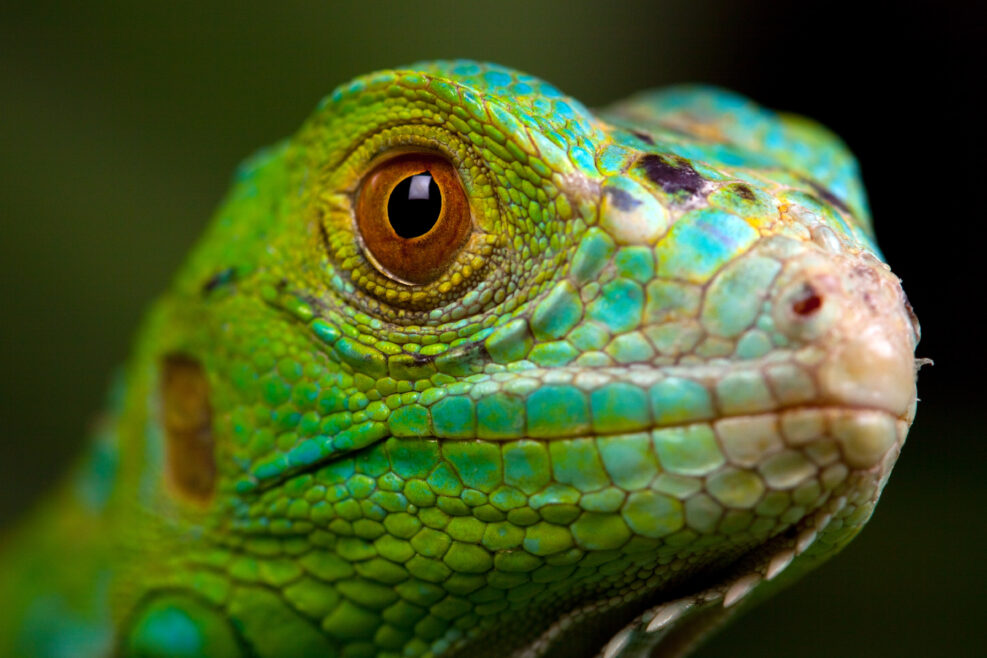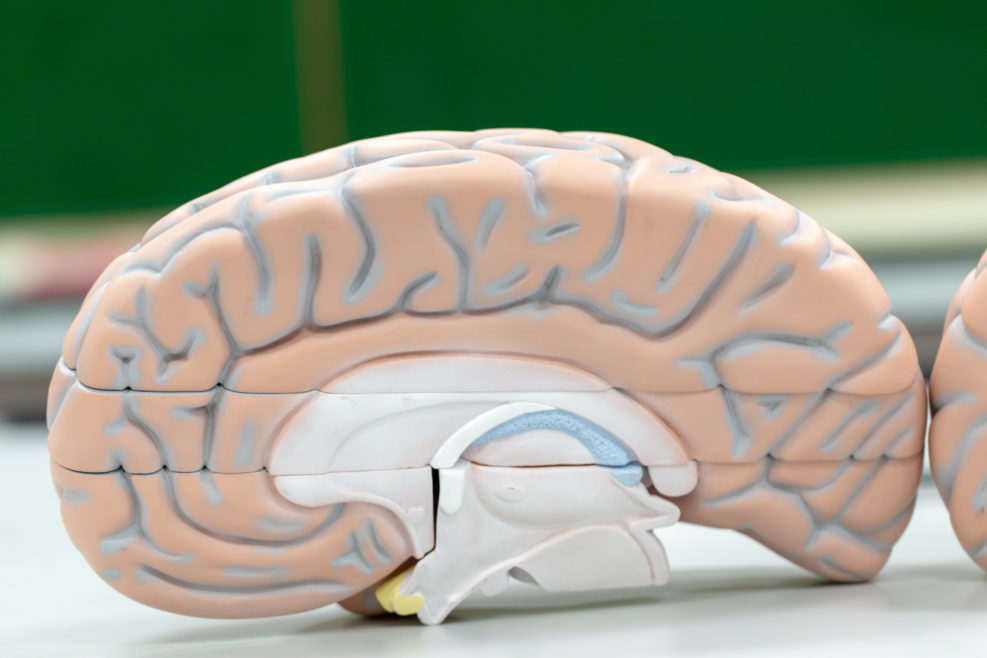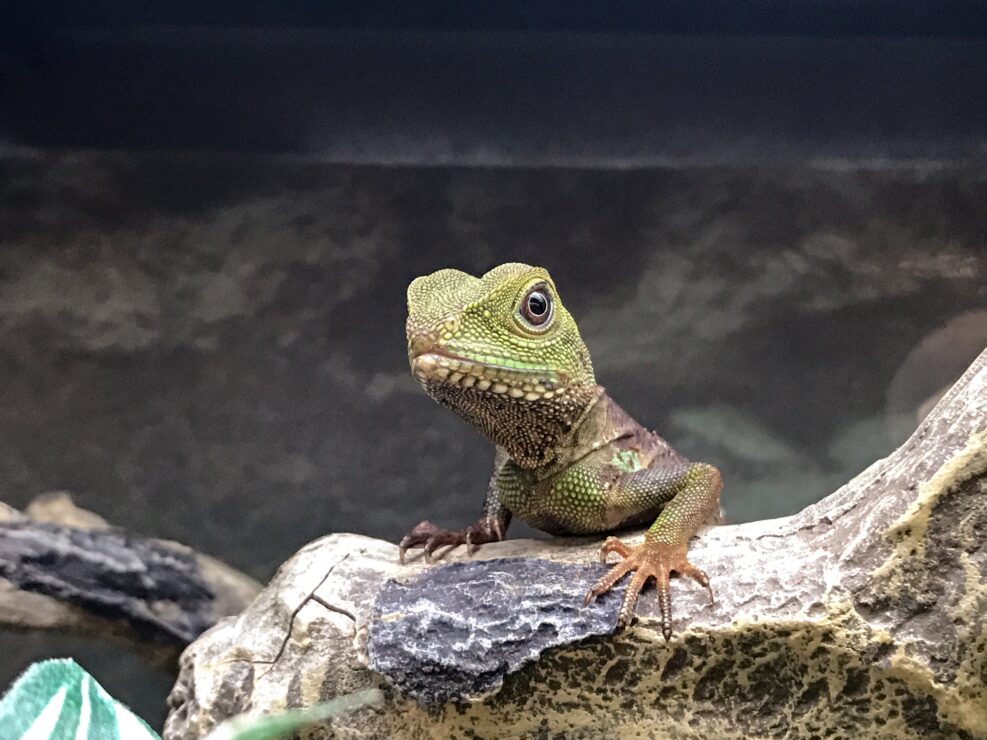
TagPaul D. MacLean


Look Out! The “Reptilian Brain” Is Still Here!
Many psychology students are subjected to this day to an exploded pop neuroscience myth endorsed by celebrity scientist Carl SaganDo we have a three-part brain — reptilian, mammalian, and human? Curiously, psychology textbooks teach us that we do and neuroscience studies teach us that we don’t. Who to believe? And how did that happen anyway? In the 1960s, Yale University physiologist and psychiatrist Paul D. MacLean (1913–2007) offered the triune brain theory. On that view, the reptilian brain (brain stem) controls things like movement and breathing; the mammalian brain controls emotion (limbic system); and the human cerebral cortex controls language and reasoning (neocortex). That might have been just another theory except that it was widely promoted by celebrity astronomer Carl Sagan (1934–1996) in his book, The Dragons of Eden (Random House, 1977). Praised in The Atlantic as “a rational, Read More ›

Intelligence: A Thousand Brains — or a Thousand Theories?
What does the iconic mammalian neocortex do that equivalent systems in birds and octopuses can’t do? That’s not clearJeff Hawkins, inventor of PalmPilot (a smartphone predecessor) and co-founder of Numenta (2005), does not lack confidence. After an interview with him in connection with his new book, A Thousand Brains: A New Theory of Intelligence (Basic Books 2021), Will Douglas Heaven tells us at MIT Review, “Neuroscientist and tech entrepreneur Jeff Hawkins claims he’s figured out how intelligence works—and he wants every AI lab in the world to know about it”: He’s not the first Silicon Valley entrepreneur to think he has all the answers—and not everyone is likely to agree with his conclusions. But his ideas could shake up AI. Will Douglas Heaven, ““We’ll never have true AI without first understanding the brain”” at MIT Technology Review (March Read More ›

No, You Do Not Have a Lizard Brain Inside Your Human Brain
The “lizard brain” is part of what science used to know about the brain that ain’t soLisa Feldman Barrett (pictured), Northeastern University psychology prof and author of Seven and a Half Lessons About the Brain (2020), is candid about the way new research has cast doubt on old saws in science: “As a neuroscientist, I see scientific myths about the brain repeated regularly in the media and corners of academic research.” The myth she targets in a recent article at Nautilus is the “triune brain,” the idea that our brain developed and continues to function in three successive layers. First developed by neuroscientist Paul D. MacLean (1913–2007) in the 1960s and set out in more detail in his 1990 book The Triune Brain in Evolution, the triune brain theory posited three successive layers of brain: ● Read More ›